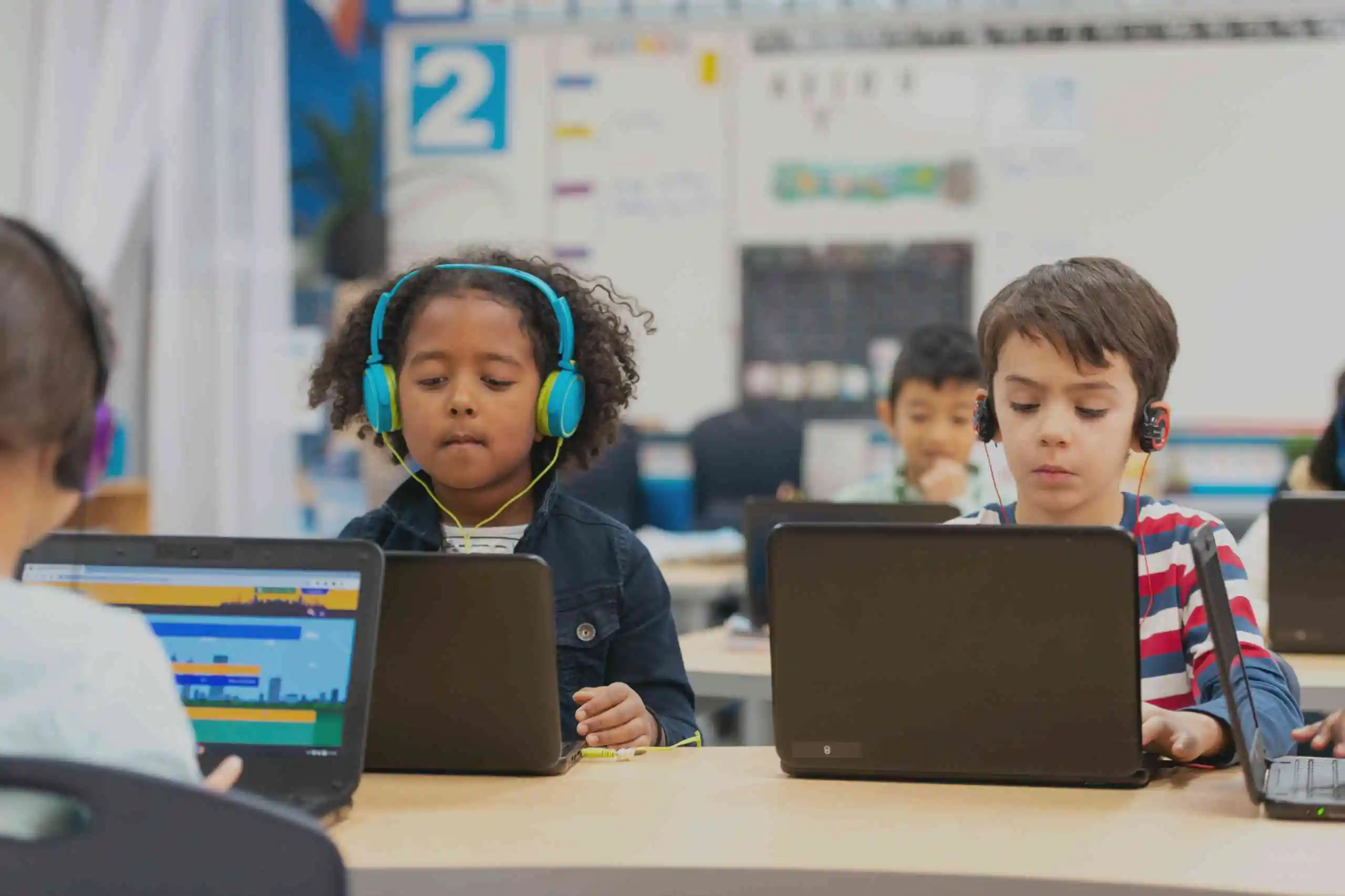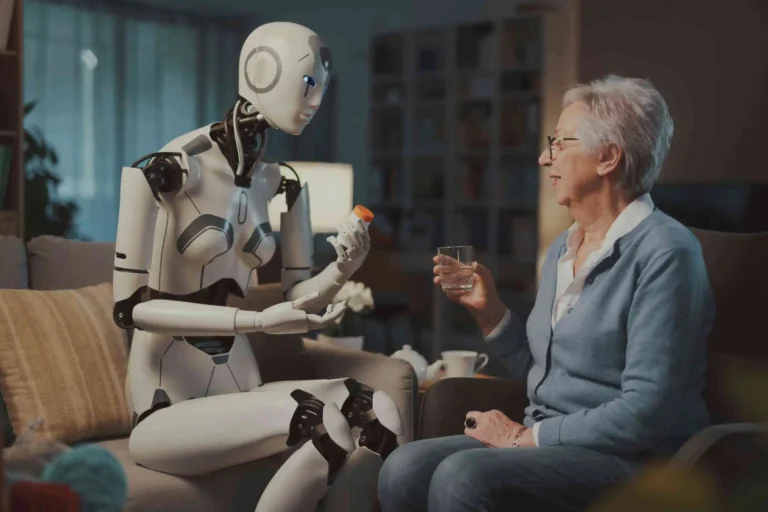Emerging Technologies in Education: The Next Big Thing: Revolutionize Learning!
Artificial Intelligence (AI) and Virtual Reality (VR) are transforming education. These technologies offer interactive and personalized learning experiences. Emerging technologies are revolutionizing education by making it more interactive and engaging. AI can provide personalized learning paths for students, adapting to their individual needs and learning pace. VR creates immersive environments where students can explore complex subjects in a hands-on manner. Blockchain technology ensures secure and transparent educational records. Gamification encourages active participation and enhances retention. These advancements promise to make education more accessible, efficient, and enjoyable. Integrating these technologies can prepare students for a rapidly evolving digital world, equipping them with the skills needed for future success. Classrooms have changed a lot. Chalkboards used to be everywhere. Now, smartboards are in many schools. Teachers can show videos and use apps on them. Students can also interact with the smartboards. These boards make learning fun and engaging. They help students understand lessons better. Many countries are investing in educational technology. Schools are buying tablets and laptops for students. This helps them learn new skills. They can do research and complete assignments online. EdTech companies are creating new tools and apps. These tools make learning easy and exciting. The global market for EdTech is growing fast. Virtual Reality (VR) creates exciting learning experiences. Students can explore distant places. They can visit historical events. VR makes learning more engaging. Kids can interact with 3D objects. This helps them understand complex concepts better. VR apps help in visualizing science experiments. Students can perform virtual dissections. Geography lessons become more interesting with VR. Kids can explore mountains and oceans. History classes come alive with VR reenactments. Languages can be learned by visiting virtual countries. VR helps students retain information better. Augmented Reality blends digital elements with the real world. This makes learning fun and engaging. Students see 3D models and animations in their real environment. AR helps visualize complex concepts easily. For example, in science classes, students can see the inside of a cell. This helps them understand biology better. Many schools use AR for teaching science and history. In history classes, students can explore ancient ruins. They can see how the ruins looked in the past. This makes history lessons more vivid and interesting. AR helps students learn faster and remember more. Teachers also find it easier to explain difficult topics. AI tutors can help students learn at their own pace. These tutors give instant feedback. This helps students understand their mistakes. Adaptive learning platforms adjust the material. They cater to each student’s needs and abilities. This makes learning more effective and fun. Predictive analytics can forecast student performance. It uses data to identify patterns. Teachers can see which students need help early. This allows for timely intervention. Schools can improve overall performance. Students benefit from personalized support. Blockchain technology can make academic records secure and transparent. Students can store and share their credentials easily. Schools and universities can verify records quickly. This reduces fraud and ensures trust. Decentralized platforms can provide access to quality education for all. Students can learn from various sources worldwide. Teachers can share their materials freely. This promotes a global learning community. Smartboards and tablets help students learn better. These devices make lessons more interactive. Teachers can track student progress easily. Classrooms have sensors that adjust lighting and temperature. This helps create a better learning environment. Smart devices can also help students with special needs. IoT can automate attendance taking. Students wear ID badges with sensors. The system records attendance automatically. This saves time for teachers. Security cameras with IoT can monitor school areas. They can alert staff of any suspicious activity. Doors can also be locked remotely. This ensures the safety of students and staff. Games make learning fun. Kids love to play, so they learn better. Points and badges reward them. This keeps kids interested. They want to win and do well. Quizzes and puzzles help them learn facts. Story-based games teach them new ideas. They enjoy the story and learn too. Challenges make them think hard. This helps their brain grow. Duolingo helps kids learn new languages. They earn points for each lesson. Kahoot! turns quizzes into fun games. Kids love to compete. Minecraft lets kids build and explore. They learn math and science. Classcraft uses game elements in school. Kids work in teams to solve problems. Quizlet makes studying fun with games. Kids remember more facts. Many students lack access to technology. This gap creates an unequal learning environment. Schools must find ways to provide devices and internet. Community centers can offer free resources. Public libraries can also help. Educators need training to use digital tools effectively. Partnerships with tech companies can reduce costs. This ensures more students benefit from emerging technologies. Data privacy is a major concern. Students’ information must be protected. Companies should follow strict privacy policies. Teachers need to know about ethical practices. Misuse of data can lead to serious problems. Transparency in data use is essential. Parents should be informed about how data is used. Ethical guidelines help in building trust The future of education looks bright with emerging technologies. They promise personalized learning and interactive experiences. Schools and educators must adapt to these advancements. Embracing innovation can significantly enhance student engagement and success. Stay ahead by integrating these technologies into your educational strategies. The next big thing in education is already here.The Rise Of Edtech: A New Era In Education
Virtual Reality (vr) In The Classroom
Augmented Reality (ar) And Its Impact
Artificial Intelligence (ai) And Personalized Learning
Blockchain Technology In Education
The Internet Of Things (iot) And Smart Classrooms
Gamification And Engagement
Challenges And Considerations







